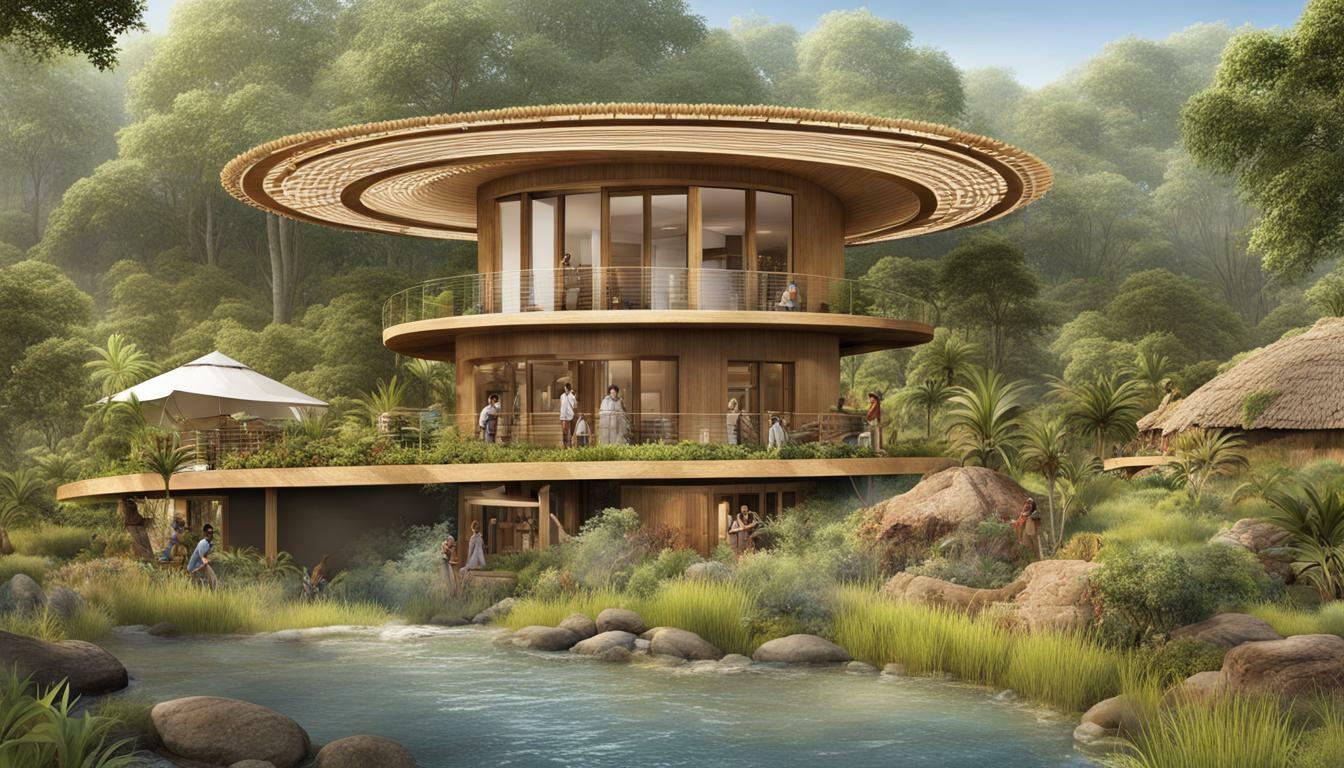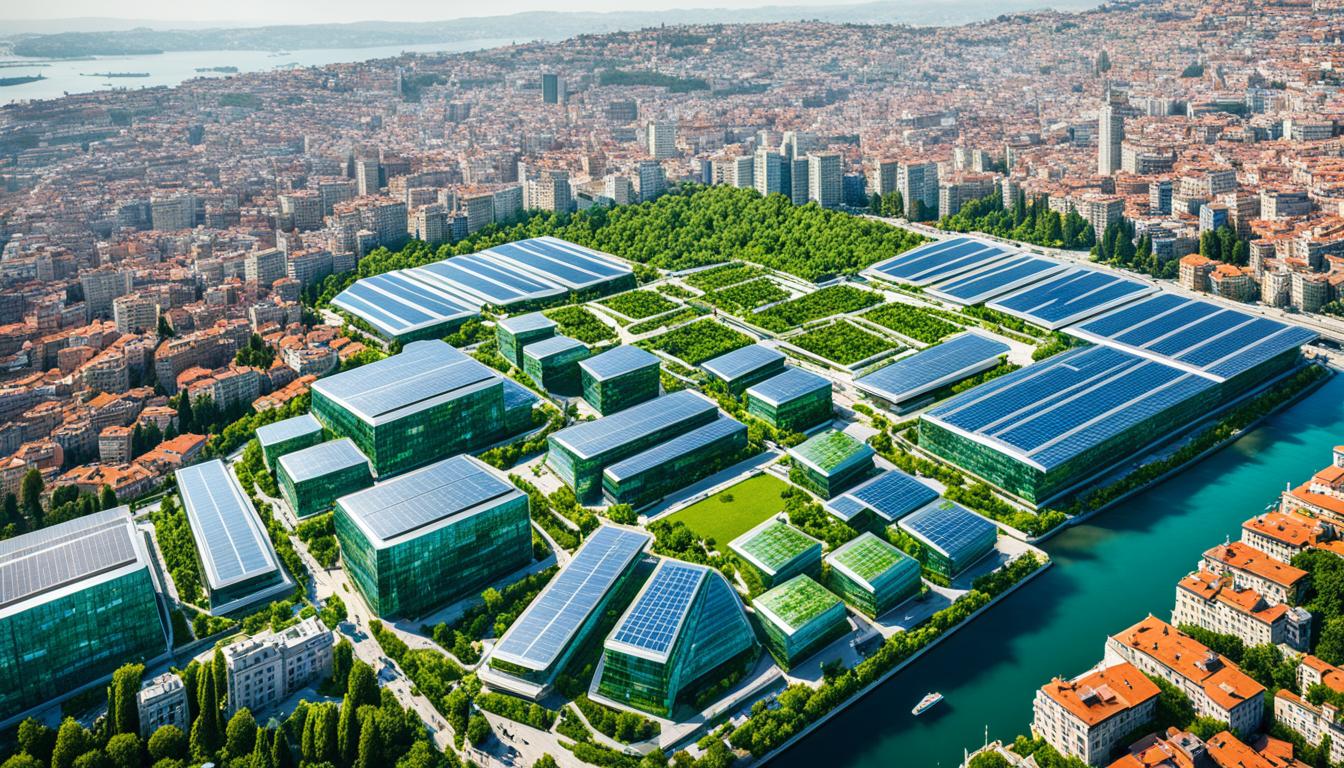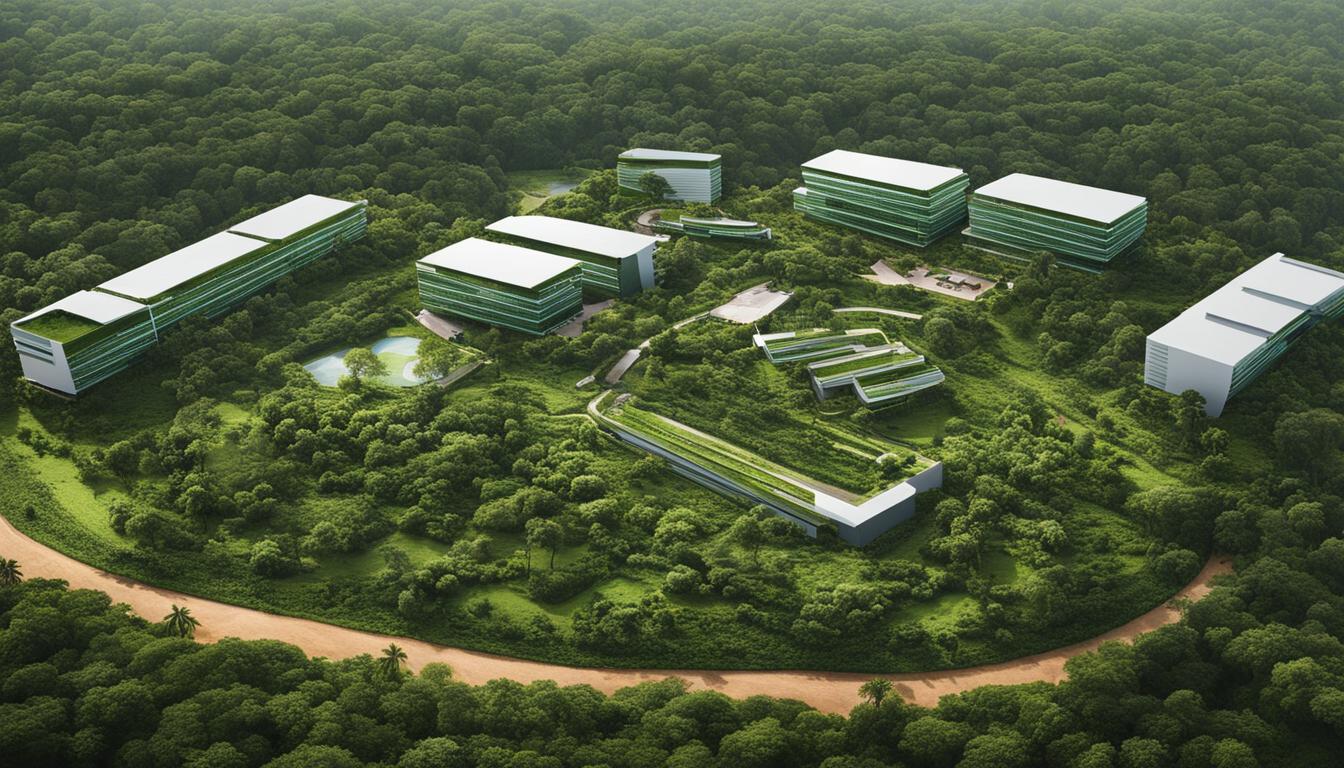Colombia Green Building History
Colombia has a rich history when it comes to green building practices. In recent years, the country has made significant strides in adopting sustainable construction methods and eco-friendly architecture. This has been driven by a growing recognition of the importance of protecting the environment and conserving natural resources.
The development of green building in Colombia can be traced back to the early 2000s, when the first initiatives were launched to address the environmental impact of construction. Since then, the country has witnessed a steady increase in the adoption of sustainable building practices, with a growing number of architects, builders, and developers embracing eco-friendly design principles.
- Colombia has a rich history of green building practices, dating back to the early 2000s.
- The country has made significant strides in adopting sustainable construction methods and eco-friendly architecture.
- Green building in Colombia has been driven by a growing recognition of the importance of protecting the environment and conserving natural resources.
- A growing number of architects, builders, and developers in Colombia are embracing eco-friendly design principles.
- The adoption of sustainable building practices in Colombia is expected to continue to grow in the coming years.
Sustainable Construction in Colombia
Colombia has made great strides in sustainable construction and environmentally friendly architecture. The use of sustainable materials and green building practices has become increasingly popular, resulting in a significant reduction in the environmental impact of construction projects and the overall carbon footprint of the country.
The environmental impact of green buildings in Colombia is hard to overestimate. Energy-efficient buildings cut down on the amount of energy required to operate a building and reduce greenhouse gas emissions. Sustainable construction in Colombia also involves the use of fewer resources, which means less waste ends up in landfills.
Colombia’s construction industry has fully embraced the concept of sustainable construction, from the materials used to the design and construction techniques employed. Sustainable materials such as bamboo, recycled steel, and sustainably sourced wood are increasingly being used in Colombian construction projects.
Developers and architects are also implementing sustainable urban development strategies in new building designs. This approach maximizes the use of natural light, ventilation, and passive solar heating and cooling to reduce energy consumption in buildings. Additionally, rainwater harvesting and greywater recycling systems have become increasingly popular in new construction projects, reducing the demand for limited water resources.

Furthermore, the Colombian government has implemented green building initiatives to promote sustainable construction and reduce the environmental impact of building projects. In 2012, the country passed a law requiring all new buildings to meet minimum energy efficiency standards. The Ministry of Environment and Sustainable Development has also developed a certification system for sustainable buildings, recognizing and promoting eco-friendly construction projects.
In conclusion, sustainable construction in Colombia is a vital part of the country’s efforts to reduce its carbon footprint and promote sustainable development. By using sustainable materials, implementing green building practices, and designing eco-friendly buildings, Colombia is leading the way in creating a sustainable future.
Green Building Practices in Colombia
Colombia has become increasingly aware of the importance of sustainable urban development, and as a result, green building practices have gained significant traction in the country in recent years. These practices are aimed at reducing the environmental impact of construction and promoting the use of eco-friendly materials and energy-efficient design.
One of the most prominent green building initiatives in Colombia is the Leadership in Energy and Environmental Design (LEED) certification program, which provides standards for sustainable building design, construction, and operation. The program has gained significant popularity in the country, with several LEED-certified buildings already in existence.
The Colombian government has also shown its commitment to sustainable urban development with the development of the ‘Green Growth’ strategy, aimed at promoting economic growth and environmental sustainability. One of the key pillars of this strategy is sustainable urban development, which involves the promotion of green building practices in cities to reduce energy consumption and limit the environmental impact of urbanization.
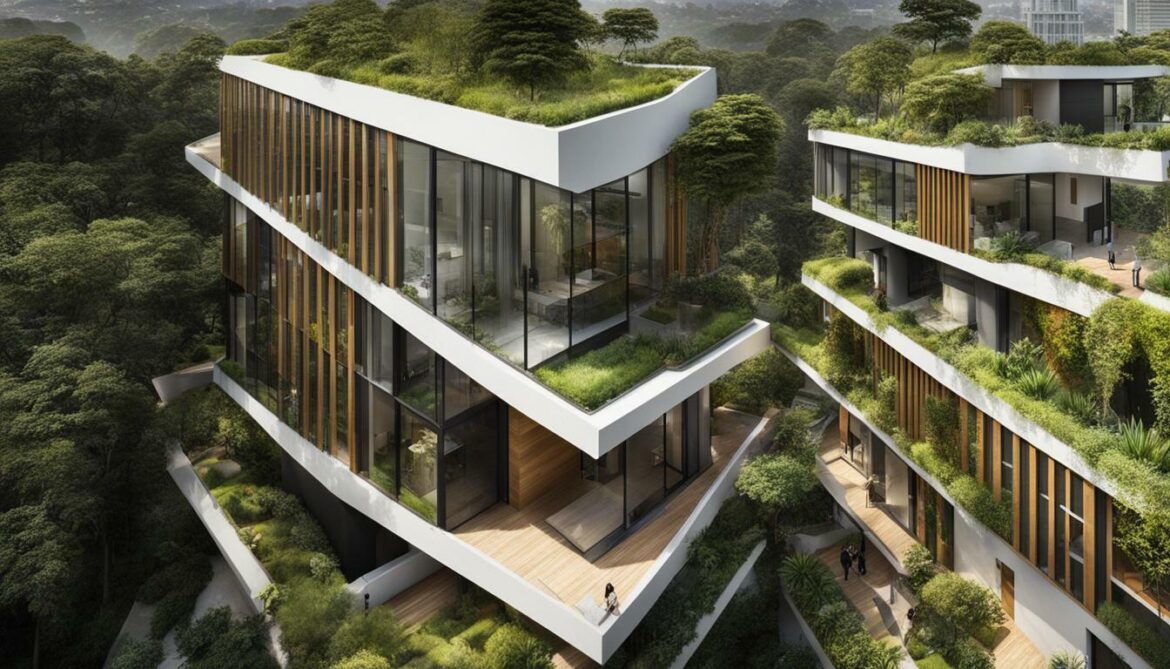
Moreover, the private sector has also taken significant steps towards promoting green building practices in Colombia. One such example is the green building council of Colombia, which is a non-profit organization that promotes sustainable building practices in the country.
Sustainable Urban Development in Colombia
The concept of sustainable urban development is gaining popularity in Colombia, with increasing emphasis on the conservation of natural resources and the reduction of greenhouse gas emissions. Many cities in the country are adopting sustainable urban development strategies to promote eco-friendly infrastructure, such as bike lanes, public transportation, and green spaces.
One of the key challenges facing sustainable urban development in Colombia is the need for collaboration between various stakeholders, including the government, private sector, and local communities. However, the growing interest in sustainable urban development and green building practices in the country suggests that progress is being made towards a more sustainable future.
Green Building Initiatives in Colombia
Several green building initiatives are being implemented in Colombia, aimed at promoting sustainable construction and reducing the environmental impact of the built environment. One such initiative is the use of sustainable materials in construction, such as bamboo and recycled materials.
Another initiative is the promotion of energy-efficient design, which involves the use of building orientation, shading devices, and natural ventilation to reduce energy consumption in buildings. The use of renewable energy sources, such as solar panels and wind turbines, is also gaining popularity in the country.
Green building initiatives in Colombia are not limited to new construction projects; they also involve the retrofitting of existing buildings to make them more energy-efficient and environmentally friendly.
In conclusion, Colombia has made significant progress in promoting green building practices, sustainable urban development, and eco-friendly architecture. The growing popularity of green building initiatives in the country suggests that the future of Colombian construction is moving towards a more sustainable and environmentally friendly direction.
Sustainable Architecture in Colombia
Colombia has emerged as a leader in sustainable architecture, with a growing portfolio of eco-friendly buildings that prioritize energy efficiency and sustainable design. The country has made significant strides in this field, with many architects and designers incorporating sustainable principles into their projects.
Sustainable architecture in Colombia is characterized by the use of natural and local materials, as well as innovative design techniques that maximize energy efficiency and minimize environmental impact. Buildings in Colombia are often constructed with materials such as bamboo, adobe, and reclaimed wood, which are not only sustainable but also contribute to the unique aesthetic of the country’s architecture.
Eco-friendly buildings in Colombia incorporate a range of sustainable features, such as solar panels, rainwater harvesting systems, and green roofs. These features not only reduce the environmental impact of buildings but also provide economic benefits to building owners and occupants by reducing energy and water bills.
Architects and designers in Colombia are also placing a strong emphasis on sustainable design principles, such as passive solar design, natural ventilation, and daylighting. These techniques are not only environmentally friendly but also improve the comfort and well-being of building occupants.
The incorporation of sustainable design and materials in Colombian architecture supports the country’s commitment to reducing carbon emissions and promoting sustainable development. It also presents an opportunity for the country to position itself as a leader in sustainable architecture and attract investment in this growing field.
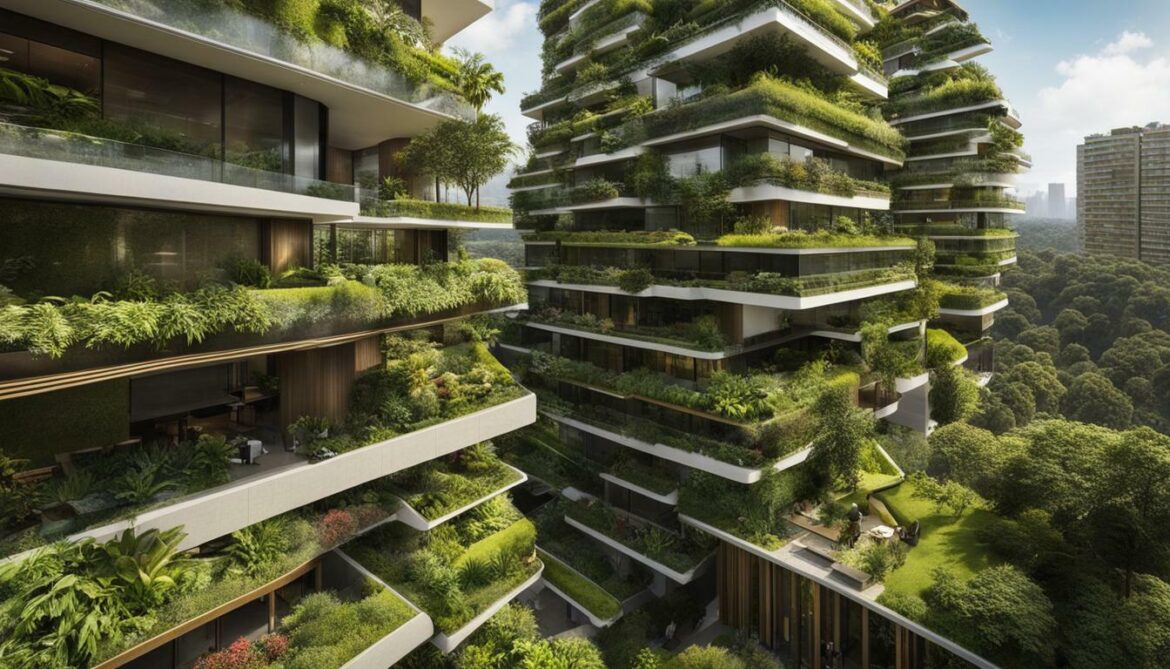
Incorporating sustainable principles into architecture and design is not only environmentally friendly but also economically beneficial for building owners and occupants.
Evolution of Green Building Trends in Colombia
Over the past few decades, Colombia has made significant strides in promoting sustainable construction practices and eco-friendly architecture. The country has been at the forefront of green building initiatives, implementing measures that prioritise sustainability and reduce the environmental impact of construction projects.
The history of green building practices in Colombia can be traced back to the early 2000s when the government introduced policies to promote sustainable construction. The focus was on reducing greenhouse gas emissions, conserving natural resources, and creating healthier living environments for the population.
As a result, sustainable construction in Colombia has grown rapidly, with a significant increase in the use of eco-friendly materials and sustainable design techniques. Buildings now feature innovative features such as energy-efficient lighting and ventilation systems, solar panels, and rainwater harvesting technologies.
Sustainable Construction in Colombia
Sustainable construction in Colombia is characterised by a focus on reducing the environmental impact of construction projects. The use of green materials, such as bamboo and recycled materials, has become more widespread in recent years. These materials not only have a lower carbon footprint but also have a positive impact on the communities where they are sourced.
The environmental impact of green buildings in Colombia has been significant, with a marked reduction in carbon emissions and energy consumption. This has been achieved through the use of sustainable materials, pre-fabrication techniques, and energy-efficient systems.
Green Building Practices in Colombia
Colombia has implemented a range of green building practices to promote sustainable development and reduce the environmental impact of the construction industry. The government has introduced policies to encourage sustainable urban development, such as the implementation of green belts and the creation of green spaces in cities.
The private sector has also been actively involved in promoting green building practices in Colombia. Major developers have embraced sustainable design principles, incorporating green roofs, sustainable drainage systems, and high-efficiency mechanical systems in their projects.
Sustainable Architecture in Colombia
The concept of sustainable architecture has gained significant traction in Colombia, with architects and designers incorporating eco-friendly materials and technologies into their designs. The use of natural light, passive ventilation, and green roofs has become more common, promoting energy efficiency and reducing the impact of buildings on the environment.
Eco-friendly buildings in Colombia are designed to maximise their use of natural resources while minimising waste and pollution. Sustainable design techniques, such as the use of recycled and locally sourced materials, are also becoming more common in the industry.
Conclusion
The evolution of green building trends in Colombia has been remarkable, with the country leading the way in promoting sustainable construction practices and eco-friendly architecture. The focus on sustainability has not only reduced the environmental impact of construction projects but has also created healthier and more liveable communities.
The commitment of the government and private sector in promoting sustainable development is reflected in the significant progress made over the years. Colombia’s success in implementing green building practices serves as an inspiration for other countries seeking to create a more sustainable future.
FAQ
What is the history of green building practices in Colombia?
Green building practices in Colombia have a rich history that dates back several decades. The country has been focused on sustainable construction methods and eco-friendly architecture for many years, with an increasing emphasis in recent times.
What is sustainable construction in Colombia?
Sustainable construction in Colombia refers to the concept of using environmentally friendly practices and materials in building projects. It aims to minimize the negative impact on the environment while promoting energy efficiency and the use of sustainable resources.
What are some of the green building practices in Colombia?
Colombia has embraced various green building practices, such as sustainable urban development strategies, the implementation of green building initiatives by both the government and private sector, and the use of sustainable materials in construction projects.
How does sustainable architecture contribute to Colombia’s green building efforts?
Sustainable architecture plays a crucial role in Colombia’s green building efforts. It focuses on designing buildings that are energy-efficient, environmentally friendly, and promote sustainable living. This includes incorporating features such as natural ventilation, use of renewable energy sources, and eco-friendly materials.
How have green building trends evolved in Colombia?
Green building trends in Colombia have evolved significantly over the years. The country has made significant progress in terms of sustainable construction, architecture, and urban development. Milestones have been achieved, and the implementation of eco-friendly buildings and sustainable design principles has become more widespread.





